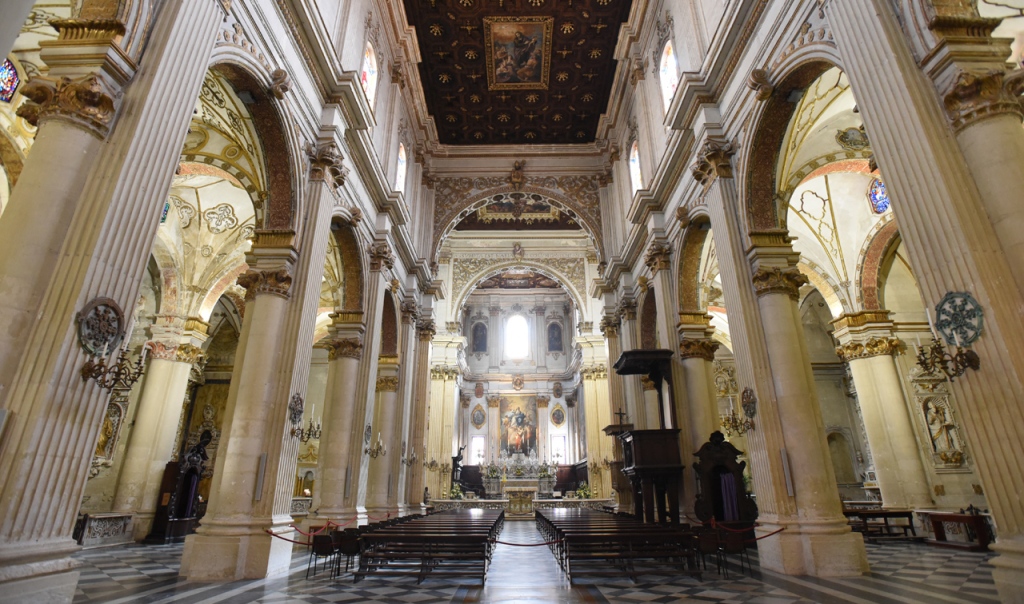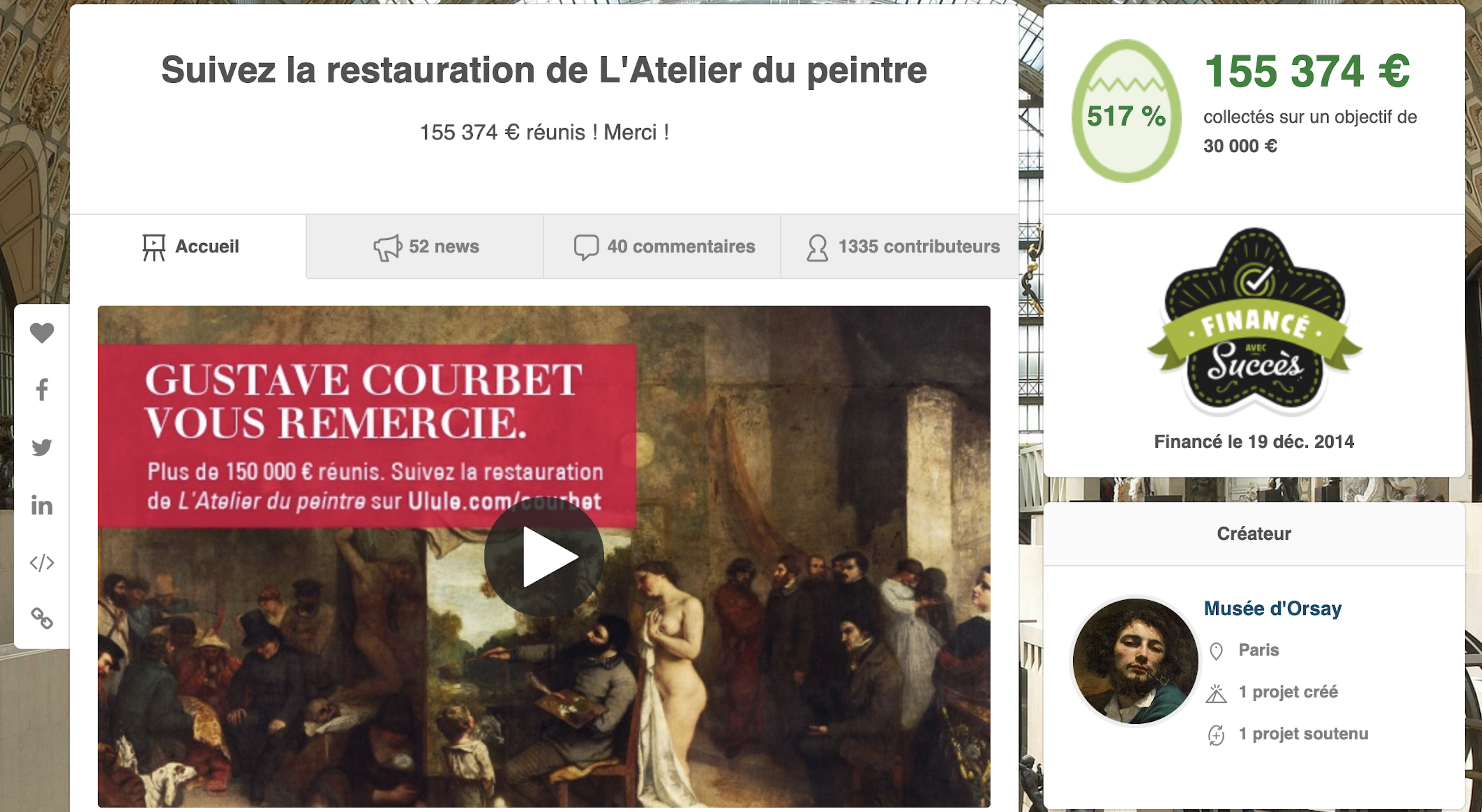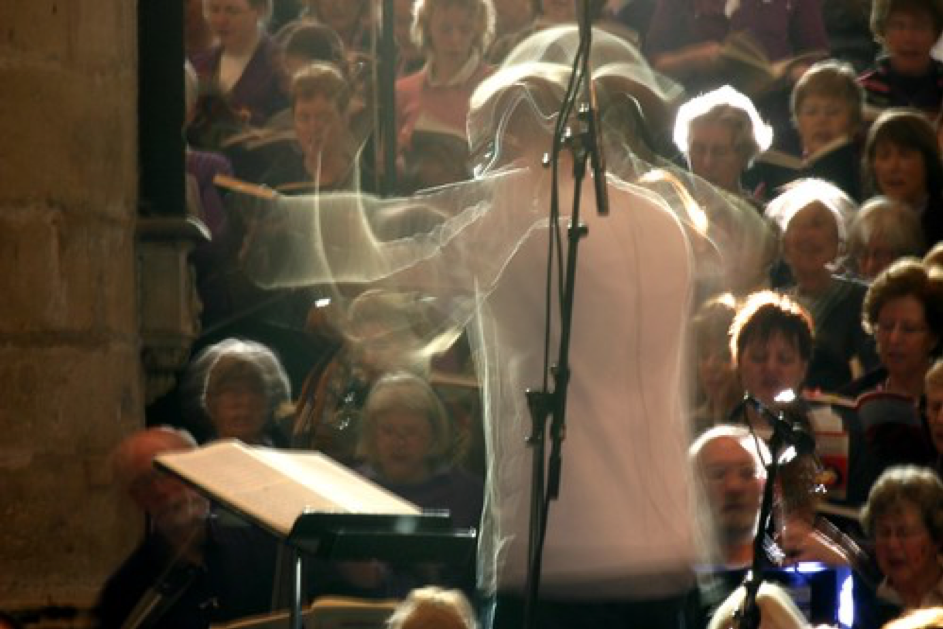By and Ellen Loots

The ‘ecosystem’ notion is finding its way in the economic, management and policy literatures. In fact, in entrepreneurship, the entrepreneurial ecosystem is a well elaborated concept. By means of an analysis of the sub-ecosystem of the cultural and creative industries (CCIs) in Porto, we explain how cultural, social and material aspects, also in their interactions, have led to the development of the entrepreneurial ecosystem (EE) of this medium-sized city since it became a European Capital of Culture in 2001.
Continue reading “ENTREPRENEURIAL ECOSYSTEM FRAMEWORKS FOR THE STUDY OF CULTURAL AND CREATIVE INDUSTRIES: THE CASE OF PORTO”




Recent Comments